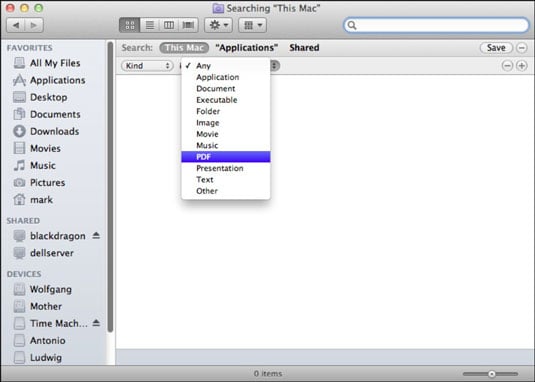


- #Search for a app terminal mac how to
- #Search for a app terminal mac install
- #Search for a app terminal mac update
- #Search for a app terminal mac password
- #Search for a app terminal mac mac
#Search for a app terminal mac mac
It is not something new, but there have been several reports recently of Mac users getting “permission denied” error in Mac after upgrading to Catalina and Big Sur. This is a common error that has been hounding Mac users for a long time. ArduinoWifiShield_upgrade.sh: Permission denied foo.rb: /usr/local/bin: bad interpreter: Permission denied About Outbyte, uninstall instructions, EULA, Privacy Policy. If not, you may be better off sticking with the default Mac App Store method as it keeps both your first and third party app updates all in one place.Special offer.
#Search for a app terminal mac install
So, if you only want to quickly install macOS system and first party updates, or if you don’t use any third party apps from the Mac App Store, the Terminal method has you covered.
#Search for a app terminal mac update
Since the softwareupdate UNIX command also served as the basis of the original Software Update utility, this limitation makes sense. This utility, which is how Apple delivered system and first party updates to users prior to the launch of the Mac App Store, did not support third party applications. Longtime Mac users may recognize this limitation is the same as the original Mac Software Update utility.

This is compared to the Mac App Store, which will update your third party apps alongside the official Apple updates. As mentioned at the beginning of this article, the Terminal method only works with macOS system updates and first party Apple apps like iTunes. The One Big Downside of Using Software Update via the Terminalĭespite its benefits for many users, there’s one big caveat of running the Mac Software Update via the Terminal. While not every update will see a significant speed increase, the Terminal method at least won’t add any time compared to the Mac App Store. While not universal, many users report that updates install faster when installed via Terminal, both in terms of the initial installation as well as the post-restart portion as the Mac reboots. Users with multiple Macs to manage can create scripts or remotely initiate a software update via a method such as SSH without needing to manually use screen sharing or remote management software.Īnother potential benefit is speed. One big reason is automation and remote management.
#Search for a app terminal mac how to
Now that you know how to run the Mac Software Update from the Terminal, the likely question is why you’d want to use this method instead of simply clicking a few buttons in the Mac App Store. You can do this via the normal macOS interface, but since we’re already using UNIX commands in Terminal, you can also type sudo shutdown -r now, which instructs shutdown command to restart the Mac (“-r”) immediately (“now”).īenefits of Using Software Update via the Terminal If you installed software updates that require a reboot, you’ll see a final message instructing you to restart your Mac.
#Search for a app terminal mac password
Again, you’ll need to enter your admin password when prompted. The “-a” switch simply instructs the command to install all updates. To install all available software updates, instead use the command sudo softwareupdate -i -a.As this is a superuser ( sudo) command, you’ll need to enter your admin account password when prompted. To install an individual software update, enter the command sudo softwareupdate -i name, where “name” is the exact name of one of the available updates revealed by the list command.This will provide a list of all available updates along with their individual file sizes and a note indicating whether you’ll need to restart your Mac to complete the update process. From the Terminal, type softwareupdate -l (that’s a lowercase “L” and not the number one).


 0 kommentar(er)
0 kommentar(er)
